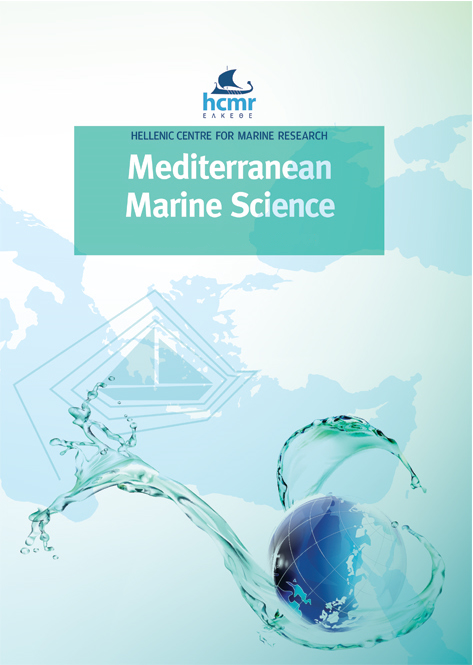Mesh sticking probability in fishing gear selectivity: Methodology and case study on Norway lobster (Nephrops norvegicus) and mantis shrimp (Squilla mantis) in the Mediterranean Sea creel fishery

Abstract
economic gain. However, mesh sticking probability has never been formally quantified as a part of the estimation of fishing gear
size selectivity. Therefore, this study developed a size selection model and estimation procedure that, besides the size dependent
retention and escape probabilities, includes the size dependent mesh sticking probability. The new method was applied to quantify the size dependent retention, sticking and escape probabilities for mantis shrimp (Squilla mantis) and Norway lobster (Nephrops norvegicus) in creels with 41 mm square mesh netting. The mesh sticking probability was found to display a bell-shaped curvature with a maximum value for a specific carapace length and decreasing probabilities for both smaller and bigger individuals. For mantis shrimp the maximum sticking probability was found for 32.5 mm carapace length with a value at 13.5%, while 63.1% and 23.4% of that size were respectively retained inside the creels and escaped. For Norway lobster the maximum sticking probability
was 2% and occurred for 34.0 mm carapace length. The method and estimation procedure presented in this study might be applicable for quantifying mesh sticking probability as an integral part of future fishing gear size selectivity studies on other species
and fisheries.
Article Details
- How to Cite
-
BRČIĆ, J., HERRMANN, B., MAŠANOVIĆ, M., ŠIFNER, S. K., BARANOVIĆ, M., & ŠKELJO, F. (2019). Mesh sticking probability in fishing gear selectivity: Methodology and case study on Norway lobster (Nephrops norvegicus) and mantis shrimp (Squilla mantis) in the Mediterranean Sea creel fishery. Mediterranean Marine Science, 20(3), 487–495. https://doi.org/10.12681/mms.19018
- Issue
- Vol. 20 No. 3 (2019)
- Section
- Research Article
Authors who publish with this journal agree to the following terms:
- Authors retain copyright and grant the journal right of first publication with the work simultaneously licensed under a Creative Commons Attribution Non-Commercial License that allows others to share the work with an acknowledgement of the work's authorship and initial publication in this journal.
- Authors are able to enter into separate, additional contractual arrangements for the non-exclusive distribution of the journal's published version of the work (e.g. post it to an institutional repository or publish it in a book), with an acknowledgement of its initial publication in this journal.
- Authors are permitted and encouraged to post their work online (preferably in institutional repositories or on their website) prior to and during the submission process, as it can lead to productive exchanges, as well as earlier and greater citation of published work (See The Effect of Open Access).









